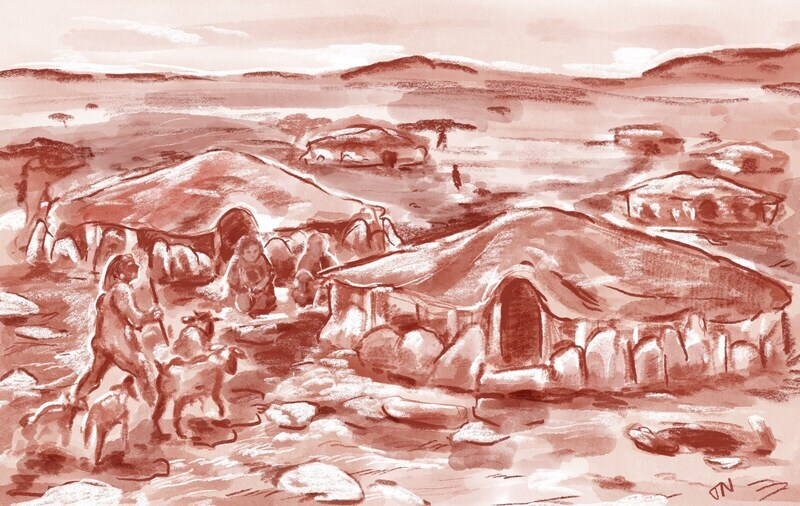Wednesday, July 10, 2024 A groundbreaking archaeological study in AlUla County, located in north-west Saudi Arabia, has unveiled the first detailed description and analysis of a long-term dwelling type from the Neolithic period. This research, led by University of Sydney archaeologist Jane McMahon, reveals that the inhabitants of the region during the 6th and 5th millennia BCE were more settled than previously believed. The study also uncovers a diverse array of cultural artifacts indicating that these ancient communities herded livestock, crafted jewelry, and engaged in trade across a cultural network that spanned the Levant, eastern Jordan, and the Red Sea.
Published on July 2 in the peer-reviewed journal Levant, the report focuses on unique structures known as Standing Stone Circles. These dwellings, characterized by a double row of upright stone slabs arranged in circles ranging from four to eight meters in diameter, are believed to have served as foundations for timber posts, likely made of acacia wood. These posts would have supported the roof of the dwelling, with an additional central slab supporting a main timber post.

Tools and animal remains found at the site suggest that the roofs might have been made of animal skins. The research team examined 431 Standing Stone Circles in the Harrat Uwayrid, a basalt-covered volcanic plateau in AlUla County. They conducted detailed surveys of 52 of these structures and excavated 11.
This study provides fresh insights into the co.
















